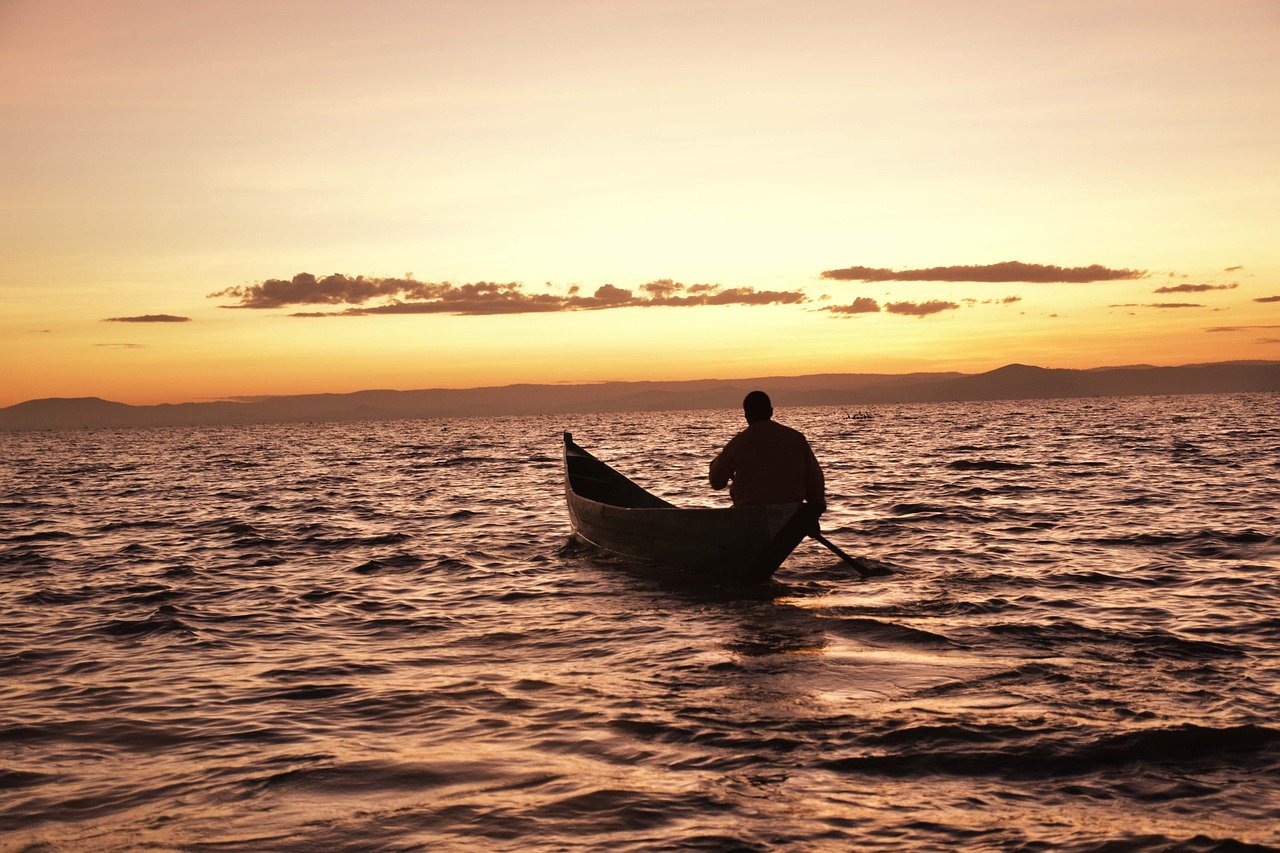Kenya Living Lab
Kisumu & Homa Bay Counties
Western Kenya is a key development region for Kenya providing a gateway to the rest of the East African region. One of its greatest natural resources, Lake Victoria, is the largest freshwater lake in Africa and a key source of livelihood for the rural and urban communities adjacent to it.
The Lake is an important revenue earner for the country as a huge proportion of fish distributed in Kenya is sourced from the lake and some irrigated farming is also dependent on it. The agricultural and fishing sectors dominate as key income drivers.
In addition, there is a large number of micro and small businesses, mostly consisting of market trade, small retail products, artisanal services, small scale construction and transport as well as some larger wholesale outlets.
More than 40% of the local population live below the poverty line with many facing the challenge of poor access to affordable electricity, dependence on fossil fuel energy, unemployment, and lack of clean drinking water.

Image by FREDRICK OCHARI from PIXABAY
The initial living lab concept will be implemented in Western Kenya in a rural (Homa Bay) and urban (Kisumu) context. This will be realised through two self-sustaining solar hubs with the aim of achieving an integrated system for:
● Sustainable energy access: Partners will co-develop two project sites, design and construct one Solar Hub at each site.
● Productive use of energy: Partners will co-develop the business models, set up and demonstrate different user cases for productive use at the solar charging hubssuch as pumping and purification of drinking water, charging and leasing of fishing lanterns,solar cooling and drying for local fish value chain, battery pack rental for business.
● Circular economy: Energy storage and re-use- Local innovators will be engaged to develop components of the innovations such as the electric two wheelers, solar mini grids including charging stations and second life appliances of lithium battery cells.
Facts & Figures
*Estimated number of households
**Average household size
Situation analysis
Demonstration objectives
1
Establishment of self-sufficient rural and -peri urban solar energy hubs that provide affordable and inclusive access to renewable energy for communities that cannot afford electricity from the main grid.
2
Innovative business models with sharing and circular economy approaches for the different user cases, enabling the diversification of the economic base by making it possible for rural communities to own, deepen and move beyond traditional economic activities.
3
Development of new innovative products: lithium-ion battery packs for household and business use cases, solar cooling solutions (ice and cold storage for fish and agriculture products), solar fish drying services, locally manufactured electric vehicles (two wheelers), appliances for agricultural use, solar water pumping, state of the art water filtration systems, biogas/waste-to-energy for clean cooking and e-waste management.
4
Knowledge documentation, generation and dissemination of innovative practices within a developing context by working hand-in-hand with academic and industrial partners as the innovations are implemented.


